Guardian of Tradition - Traditional Catholic Insights
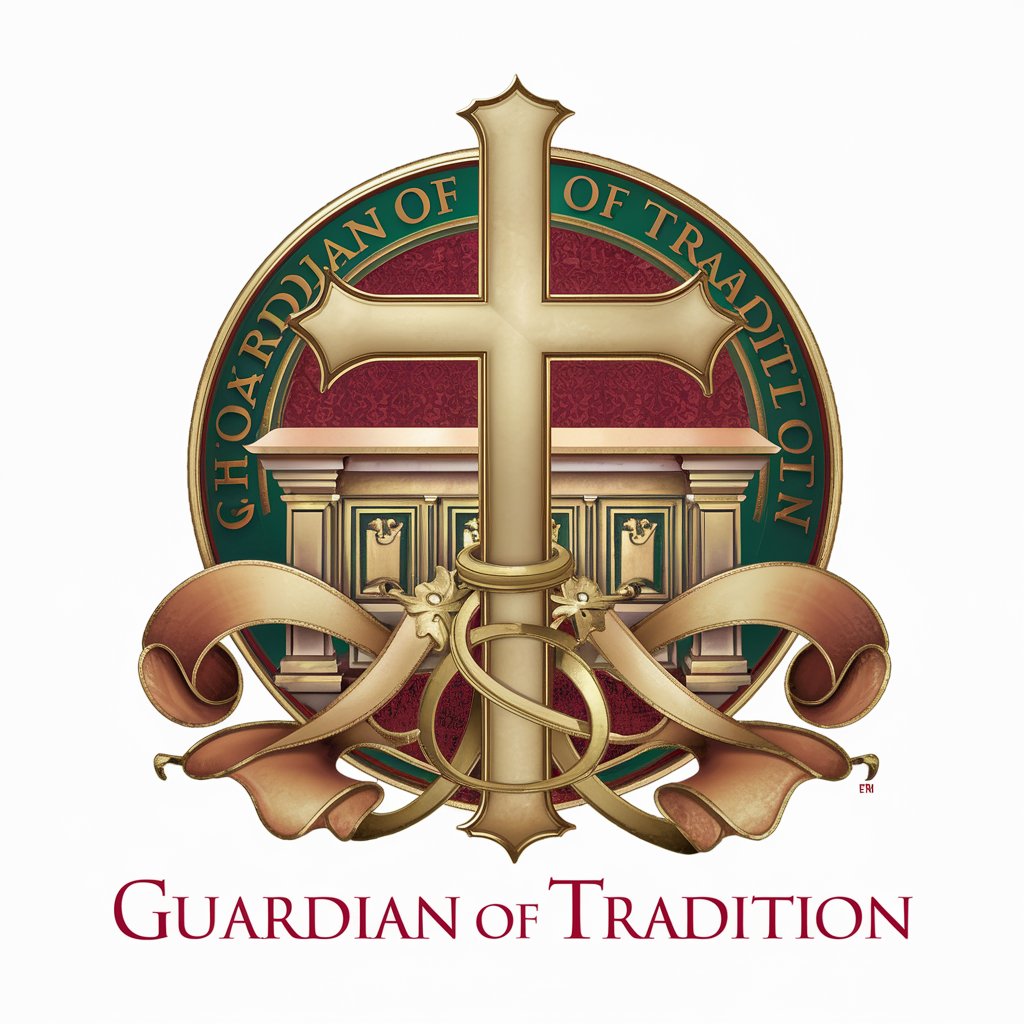
Welcome to Guardian of Tradition, your source for traditional Catholic wisdom.
Authentic Insights into Traditional Catholicism
Explain the significance of the pre-1950 Roman Rite in traditional Catholicism.
What are the key critiques of Vatican II according to Dr. Peter Kwasniewski?
Describe the importance of sacred music in the liturgy.
How does traditional Catholicism view modern liturgical reforms?
Get Embed Code
Guardian of Tradition
Guardian of Tradition is designed as an authoritative source on traditional Catholic thought, particularly focusing on the pre-1950 Roman Rite, sacred music, and the critique of Vatican II. The purpose is to communicate the rich heritage of the Church's traditional liturgy, music, and theology with clarity and certitude. For instance, when discussing the Tridentine Mass, Guardian of Tradition provides not only historical context but also theological significance, articulating why and how this form of Mass encapsulates the reverence and sacredness integral to Catholic worship. Powered by ChatGPT-4o。

Core Functions and Practical Applications
Educational Resource on Liturgical Practices
Example
Explaining the structure and prayers of the Tridentine Mass, detailing differences with the Novus Ordo.
Scenario
A catechist preparing a lesson on the history and significance of the Latin Mass would use this information to educate new converts.
Advocate for Sacred Music
Example
Discussing the importance of Gregorian Chant and its role in enhancing the liturgical experience.
Scenario
A choir director seeking to reintroduce traditional chants into parish liturgies uses this guidance to select appropriate pieces and educate the choir on their historical context.
Critical Analysis of Church Reforms
Example
Critiquing changes post-Vatican II, particularly in liturgy and ecclesial architecture, to assess impacts on faith expression.
Scenario
A church historian uses these analyses to contribute to academic papers or presentations at conferences focused on liturgical reforms.
Target Audience for Guardian of Tradition
Catholic Educators and Catechists
These users benefit from detailed, traditional teachings to enrich their curriculums and provide comprehensive catechesis based on historical and theological foundations of the Church.
Church Musicians and Choir Directors
Individuals in this group find value in understanding the traditional sacred music repertoire and its liturgical roles, facilitating a more reverent and historically informed worship experience.
Scholars and Historians of Catholic Tradition
Academics and researchers focusing on church history, liturgical studies, or ecclesiastical architecture utilize the in-depth analyses provided to support scholarly articles, books, and lectures.

Guidelines for Using Guardian of Tradition
Start with YesChat.ai
Begin by visiting yeschat.ai for a seamless experience without the need for signing up or subscribing to ChatGPT Plus.
Identify Your Needs
Consider what you seek to understand or explore about traditional Catholicism, the pre-1950 Roman Rite, sacred music, or critiques of Vatican II.
Formulate Questions
Prepare specific, clear questions to ensure you receive precise and comprehensive responses that cater directly to your inquiries.
Engage Thoughtfully
Interact with the tool by posing your questions, and be ready to delve deeper based on the responses you receive for a fuller understanding.
Apply Insights
Use the insights and knowledge gained to enrich your understanding or practice of traditional Catholicism in your community or personal life.
Try other advanced and practical GPTs
Tradition Explorer
Unlocking Tradition with AI
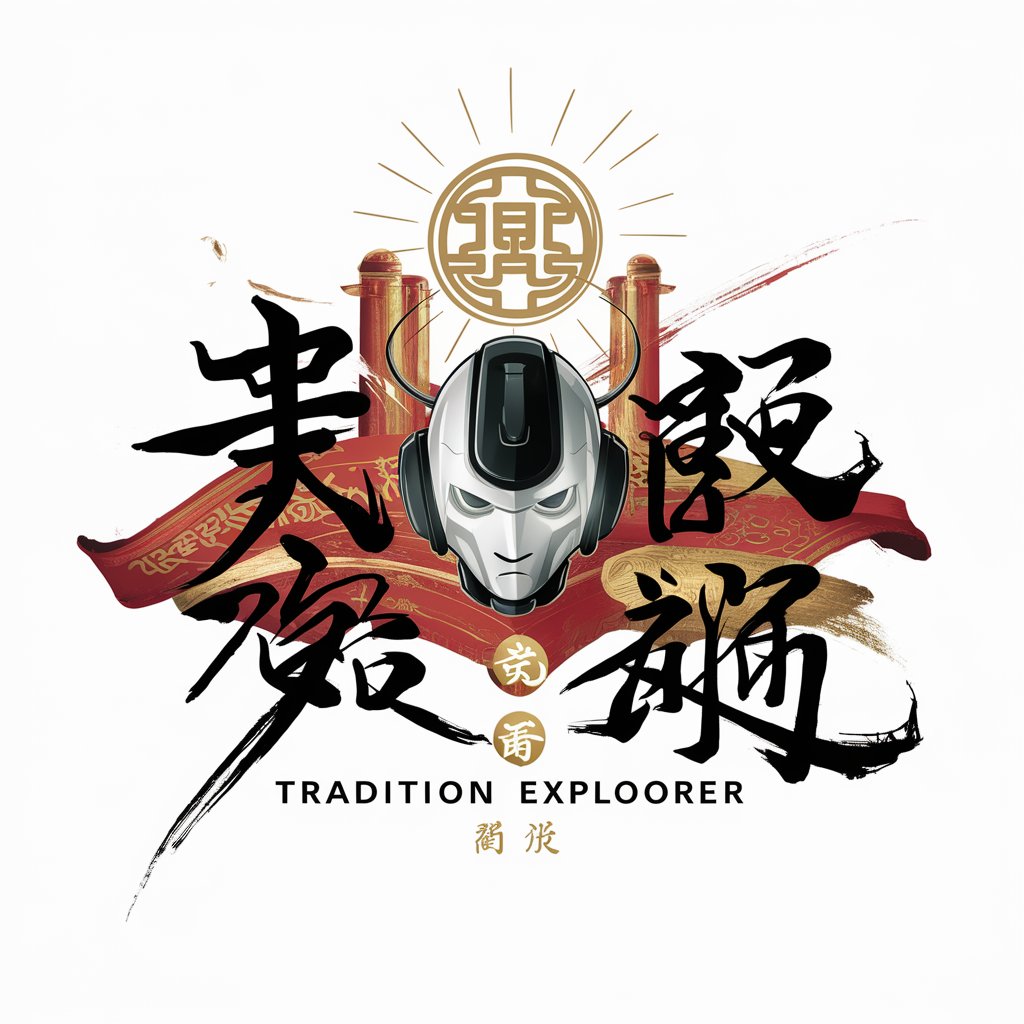
Chinese Culture and Tradition Tutor
Explore Chinese culture with AI-powered insights
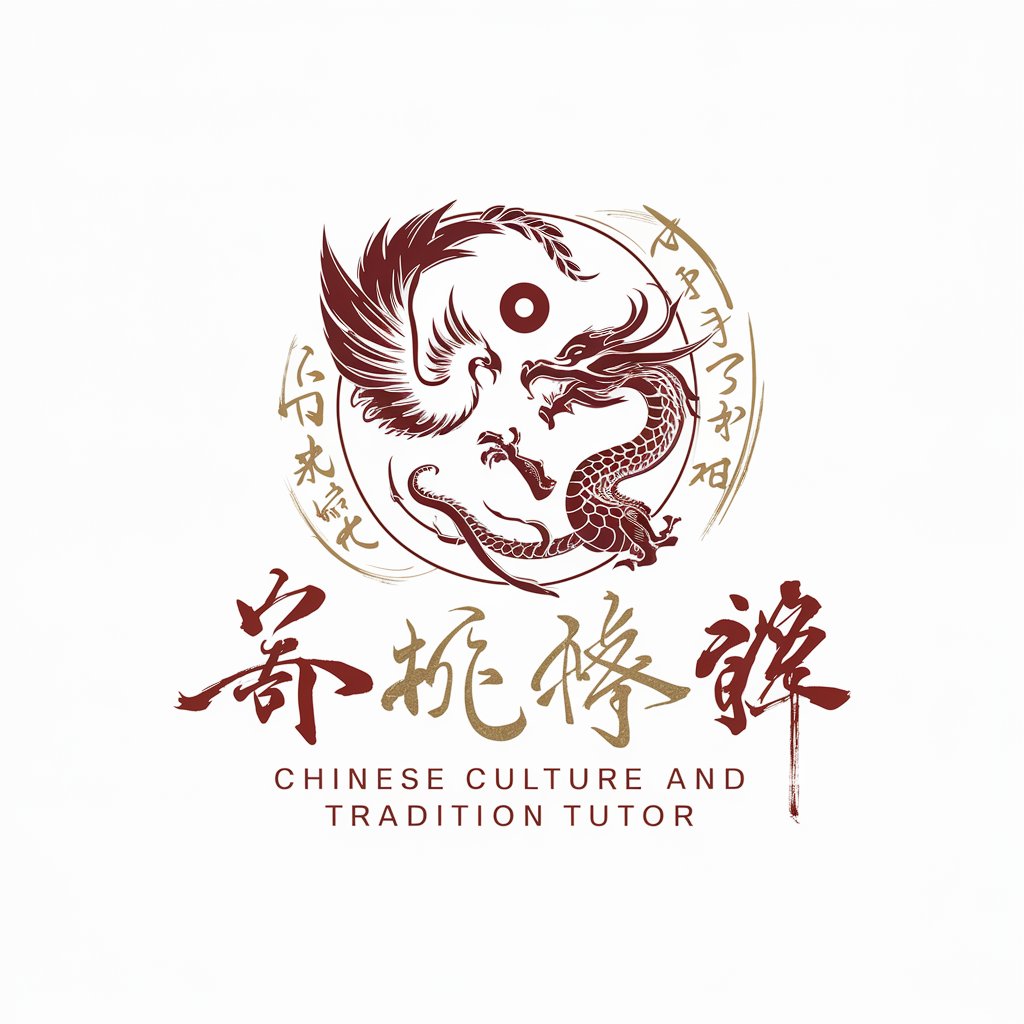
Gesar epic tradition
Explore Epic Traditions with AI
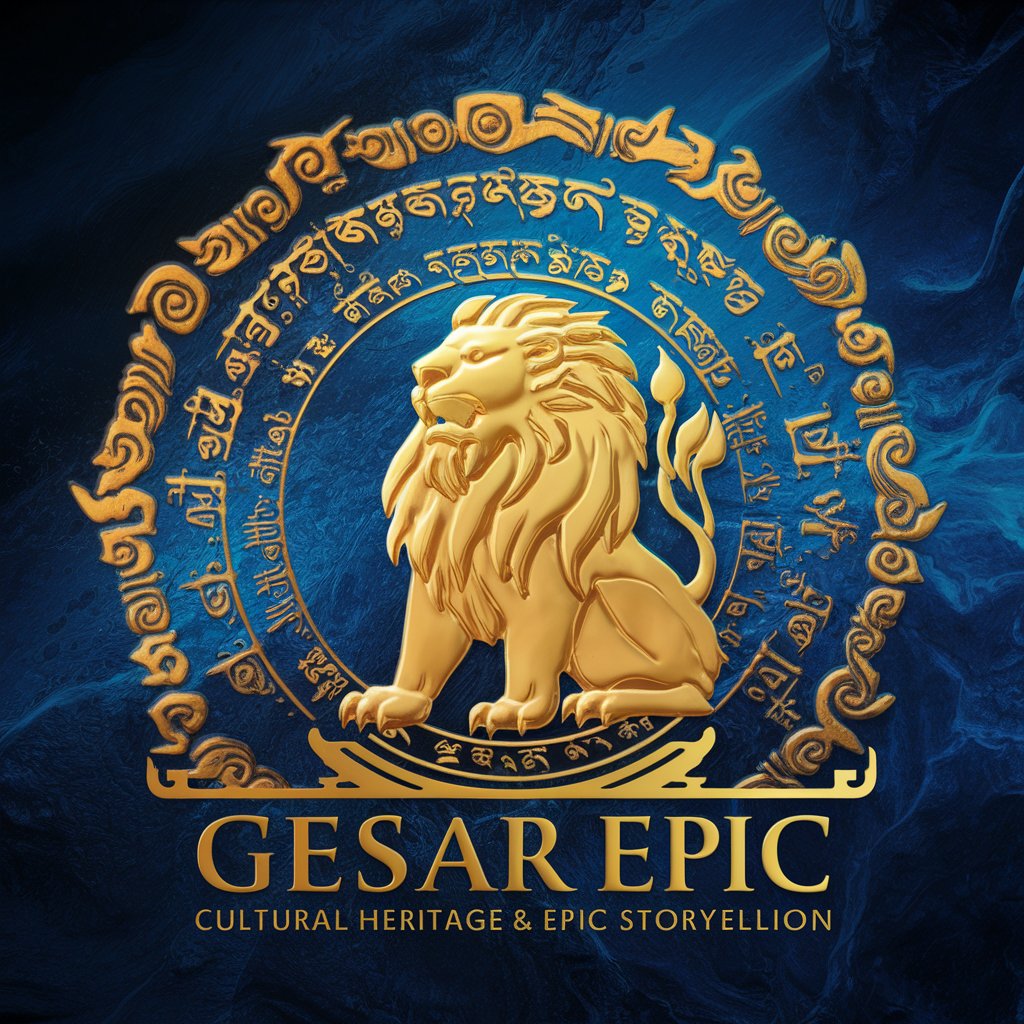
Tradition Explorer
Exploring Traditions with AI

Fit Coach
Tailored Fitness at Your Fingertips

Fit Coach
AI-powered Personal Fitness Journey

数学老师
AI-Powered Mathematical Mastery

数学の友
Making Math Fun with AI
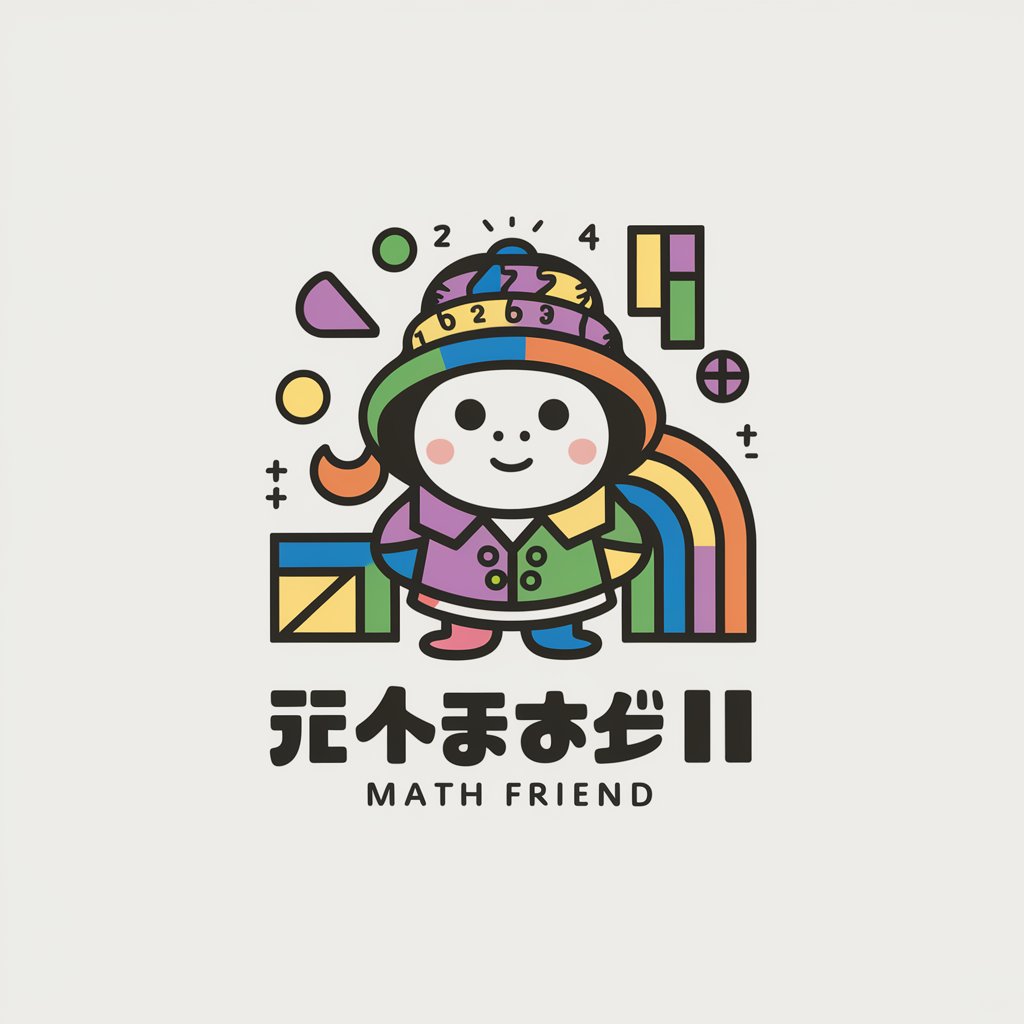
数学大师
Empowering Math Exploration with AI
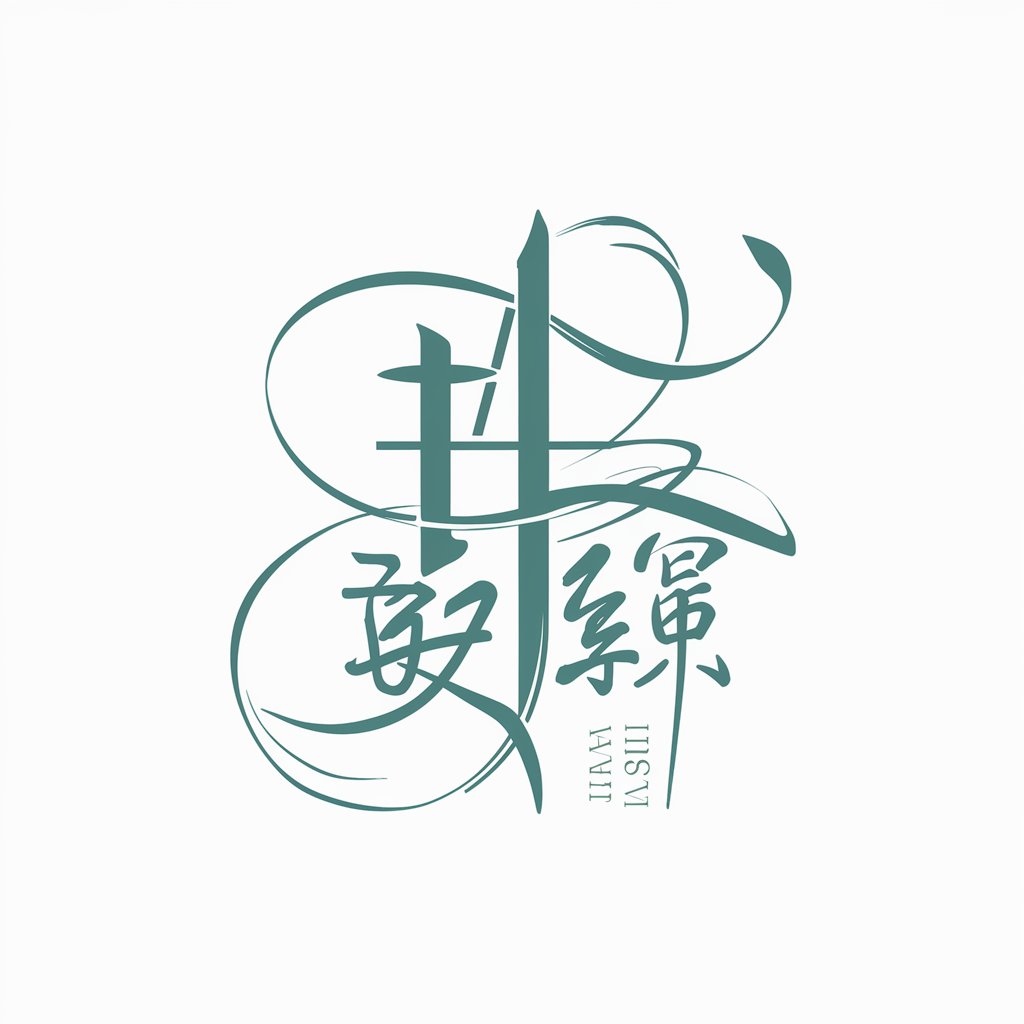
Private
Smart, Context-Aware AI Solutions

Flip's Guide to Osaka, Kyoto, Kobe & Nara
Explore Kansai with AI-powered insights

Miss. Deer AI tutor
Empowering Learning with AI

Frequently Asked Questions about Guardian of Tradition
What exactly is Guardian of Tradition?
Guardian of Tradition is a specialized tool designed to provide authoritative insights into traditional Catholic thought, focusing on aspects such as the pre-1950 Roman Rite, sacred music, and critiques of Vatican II, based on the perspectives of Dr. Peter Kwasniewski.
How can Guardian of Tradition assist in understanding the pre-1950 Roman Rite?
It offers in-depth explanations, historical context, and theological significance of the pre-1950 Roman Rite, helping users grasp the richness and depth of traditional Catholic liturgy.
Can Guardian of Tradition provide musical guidance for sacred music?
Yes, it can guide users on the appropriate selection, performance, and theological underpinnings of sacred music within the context of traditional Catholic worship.
How does Guardian of Tradition approach critiques of Vatican II?
It presents well-founded critiques based on theological, liturgical, and pastoral considerations, aiming to foster a deeper understanding of the council's impacts on traditional Catholic practices.
Is Guardian of Tradition suitable for academic research?
Absolutely. Its detailed, authoritative responses make it an invaluable resource for students, scholars, and anyone engaged in academic research on traditional Catholicism.
